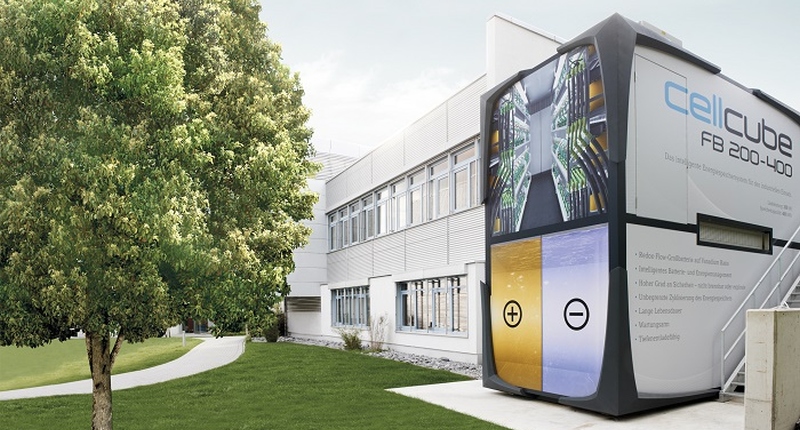Five years ago, launching a decent streaming platform took millions. Now? A teenager with a laptop can build something that reaches millions. That shift…
Vanadium ‘CellCube’ batteries could power South Africa independent of Eskom


We’ve seen questionable substances used for energy storage in the past year, from hemp to used cigarette butts, but the latest breakthrough seems more traditional than others. Vanadium, a metallic element falling between titanium and chromium on the periodic table, can be used for shed-sized batteries that according to the creators, lasts forever.
Vanadium is a nifty little element and is used in creating strengthened steel alloy (it was part of the Ford Model T, for example). Batteries containing the element are not rare either — the initial patent for a vanadium-based battery came about in the late Eighties, but the new take on the battery may bridge the gap between electricity surplus and demand.
Canadian energy company American Vanadium alongside Gildemeister energy solutions, is looking to implement batteries throughout American cities — ones that’ll feed electricity produced by renewable resources into buildings during peak electricity usage. The system is called CellCube, and American Vanadium believes that it’s the “missing link for supporting the development of renewable energy.”
Essentially, it’s a new take on green power harnessing the grunt of solar and wind power (or the main power supply at night, when the building is not being used) created during the day (or when nature is blowing its nose), and feeds it back into the grid when electricity prices peak.
The system uses vanadium as both the positive and negative poles of the battery, as the vanadium “redox” name suggests. It’s, in theory, a massive UPS. A garage-sized UPS.
Although American Vanadium sits on the largest reserve of the element on the planet, the benefits for Africa are also clear. South Africa is home to the largest vanadium producer in the world, which makes this development particularly interesting for the lower portion of the continent.
And while nearly almost 22% of the world’s electricity comes from renewable sources — with this figure constantly growing in Africa, these batteries may play vital roles (at least in the future) storing electricity for demanding periods, or when the lights go out.


